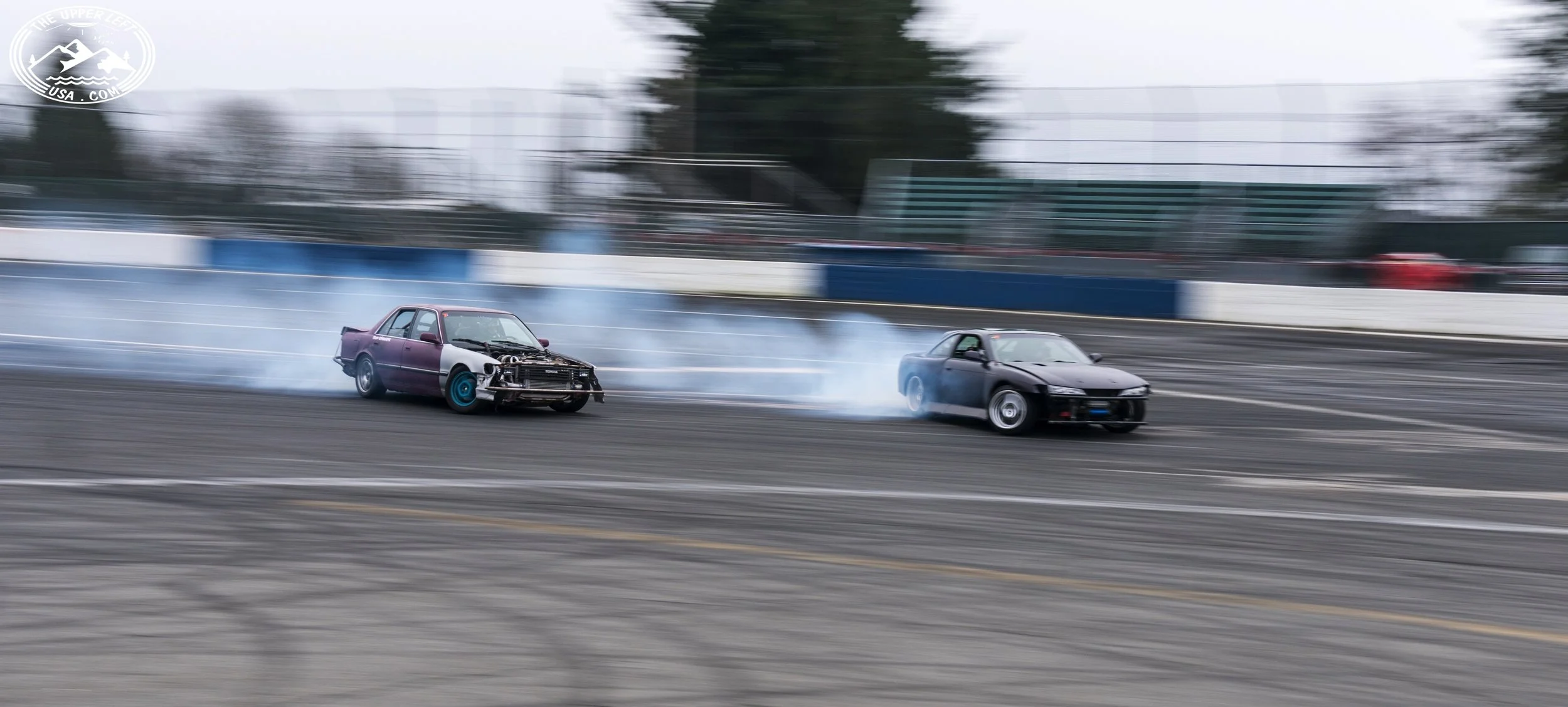Today is one of those days where I realize that I'm not getting any younger. Last night I had the chance to visit my childhood friend in the hospital a few hours after his son was born. I, of course, brought my camera because I knew that I could capture for the parents a moment that will forever change their lives.
This was actually my first time really seeing a newborn baby let alone take pictures of one. Needless to say, lighting was poor and conditions were not exactly ideal but when life gives us lemons, we take pictures of it. You just have to make do and do the best you can.
I'm noticing that my photography style is changing over the last few months. I'm doing more and more detailed/close up shots. Not to the point of macro, but definitely closer than what I'm used to. This isn't a bad thing, just different.
Interestingly enough, since posting some of the pictures on Instagram (Instagram.com/TheUpperLeftUSA), other people are interested in me taking their birthing photos (if that's a think). It just goes to show, do what you do, do what you enjoy and the jobs/money will come.
Below are a few shots from the night. Enjoy them and enjoy this beautiful newborn baby boy.
















Want to support my work?
Consider visiting the shop and buying "Absolutely Nothing" https://www.TheUpperLeftUSA.com/shop/absolutely-nothing
or
Become a Patron!
https://www.patreon.com/HaiHoangTran













